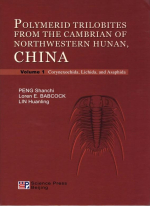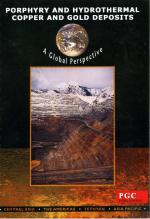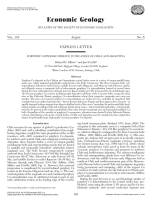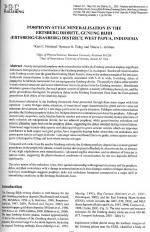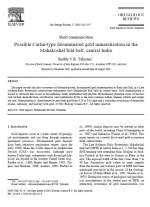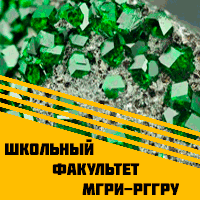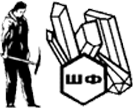Добрый день, Коллеги. Важное сообщение, просьба принять участие. Музей Ферсмана ищет помощь для реставрационных работ в помещении. Подробности по ссылке
- « первая
- ‹ предыдущая
- …
- 243
- 244
- 245
- 246
- 247
- 248
- 249
- 250
- 251
- …
- следующая ›
- последняя »
- « первая
- ‹ предыдущая
- …
- 243
- 244
- 245
- 246
- 247
- 248
- 249
- 250
- 251
- …
- следующая ›
- последняя »


